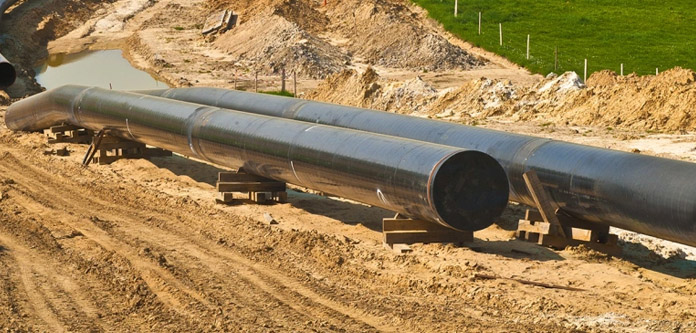Africa received the greatest amount of energy financing from China’s two global policy banks—the China Development Bank (CDB) and the Export-Import Bank of China (CHEXIM) a new report focusing on the year 2020 has shown.
The report by Boston University’s Global Energy Finance database reveals that Nigeria for instance received a loan for the Ajaokuta, Kaduna, Kano (AKK) gas pipeline project; Cote d’Ivoire approved the loan for Gribo-Popoli hydro project; Rwanda received a loan for the Nyabarongo II hydropower plant; and Lesotho signed the Mafeteng solar PV power plant. Elsewhere, lending was more geographically spread out.
In South Asia, Bangladesh received a concessional loan for national power grid network upgrade; Pakistan received a CDB loan with the participation of multiple Chinese banks, for the Thar Block-2 TEL 1x330MW Power Station Phase II Project.
In Southeast Asia, Cambodia received concessional loan for the seventh phase of its rural power grid extension project, all of which has been financed by CHEXIM. The only European nation, Serbia, received a CHEXIM loan for the construction of a district heating system for Belgrade.
What Kinds of Energy Are Being Financed?
Overall, besides the natural gas pipeline project in Nigeria and the district heating project in Serbia, within the power sector, CDB and CHEXIM’s overseas lending in the power generation sector is still dominated by hydropower and coal. One exception is a solar project in Lesotho.
Investment in the electricity transmission and distribution sector became prominent in 2020, exceeding power generation investment for the first time. Higher investment in the power transmission and distribution sector also appears to be a recent trend since 2017.
When comparing the sectoral and energy source composition of CDB and CHEXIM’s overseas energy finance from 2013-2016 and 2017-2020 – the first four years since the initiation of the Belt and Road Initiative (BRI) when lending was on the rise, and the most recent four years as annual lending has slowed down, it is obvious that the decrease in the total loan amount has mainly been driven by the decline of investment in the exploration and extraction sector, which is mainly dominated by oil and gas.
Table 1: Sectoral Distribution of Chinese Overseas Development Finance in Energy (Million US$, Unless Otherwise Specified)

Source: China’s Global Energy Finance Database, 2021. Boston University Global Development Policy Center.
Also Read
Could this new sustainable building simulation be the future of design?
World Bank Supports Angolan’s Electrification with $250 Million

